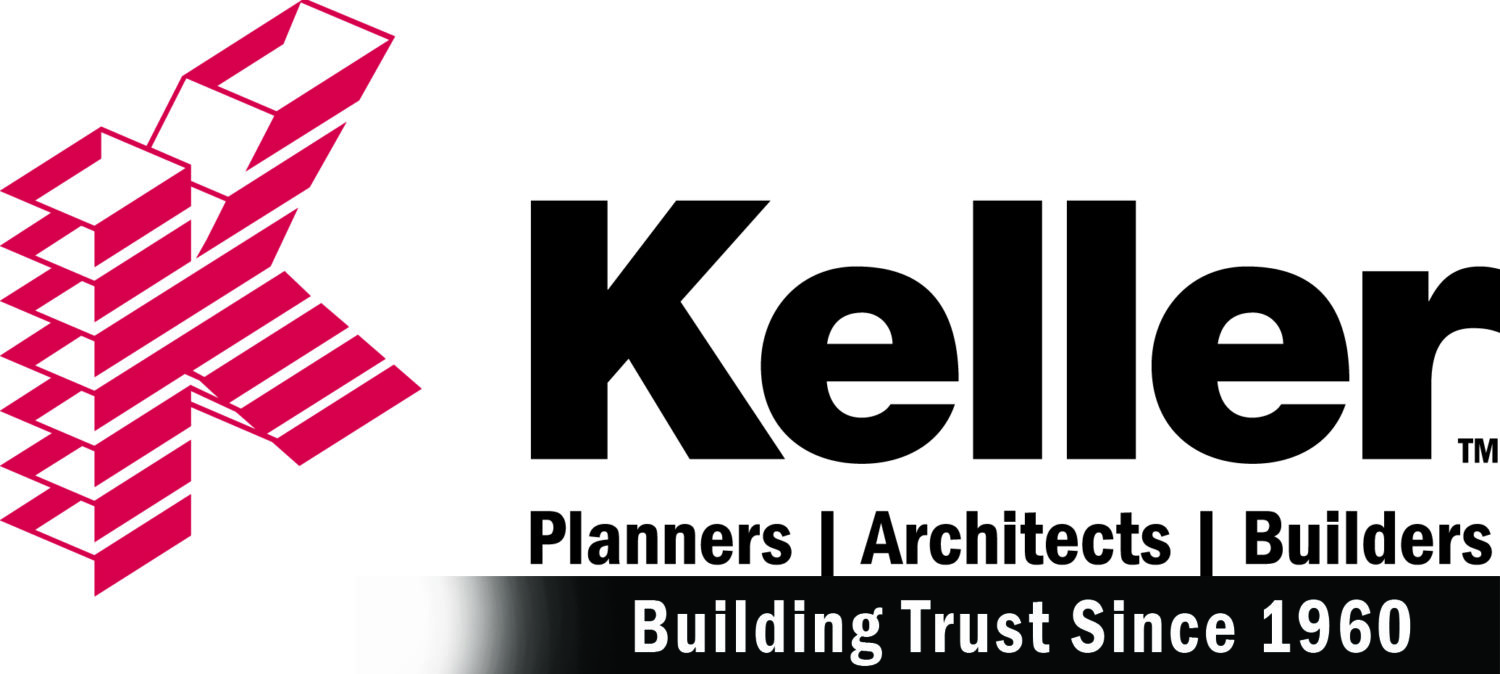
By Devin Flanigan
Construction Manager/Co-Owner at Keller Inc.
The design of a fire station can vary significantly depending on whether it is located in an urban or rural area. Fire station design should take into account the unique challenges and opportunities presented by each environment to ensure that the fire department can effectively and efficiently respond to emergencies.
Urban fire stations are often located in densely populated areas, which can present challenges in terms of accessibility and response times. Fire stations in urban areas need to be designed with these challenges in mind, ensuring that the station is easily accessible and that firefighters can quickly and efficiently respond to emergencies.
One of the most significant design considerations for urban fire stations is the location of the station itself. In urban areas, fire stations should be located close to potential emergency situations, such as high-rise buildings or densely populated neighborhoods. This means that urban fire stations may need to be smaller and more compact than rural fire stations to ensure that they can be located in the right areas.
The layout of an urban fire station is also critical. Urban fire stations should be designed to minimize the time it takes for firefighters to get from their living quarters to the apparatus bay. The location of the apparatus in relation to the living quarters should be optimized to minimize the distance that firefighters need to travel to reach the trucks. Additionally, urban fire stations may need to be designed to accommodate more specialized equipment, such as high-rise firefighting equipment or specialized rescue vehicles.
In contrast, rural fire stations are often located in areas with lower population densities, which can present challenges in terms of funding and resources. Rural fire stations may need to be designed to accommodate a smaller number of firefighters and equipment, and they may need to be located in areas that require longer response times.
The location of a rural fire station can also impact response times. Rural fire stations should be located in areas that provide quick and easy access to major roads and highways, minimizing travel time to emergency situations. Additionally, rural fire stations should be designed to accommodate the needs of the community, including space for training and equipment storage.
The layout of a rural fire station should also take into account the unique challenges of responding to emergencies in a rural environment. Rural fire stations may need to be designed to accommodate specialized equipment, such as brush trucks or water tankers. Additionally, the location of the fire trucks in relation to the living quarters should be optimized to minimize the distance that firefighters need to travel to reach the apparatus bay.
The design of a fire station can vary significantly depending on whether it is located in an urban or rural area. Fire station design should take into account the unique challenges and opportunities presented by each environment to ensure that the fire department can effectively and efficiently respond to emergencies. Whether in an urban or rural area, the key considerations for fire station design include the location of the station, the layout of the station, and the needs of the firefighters and the community.
